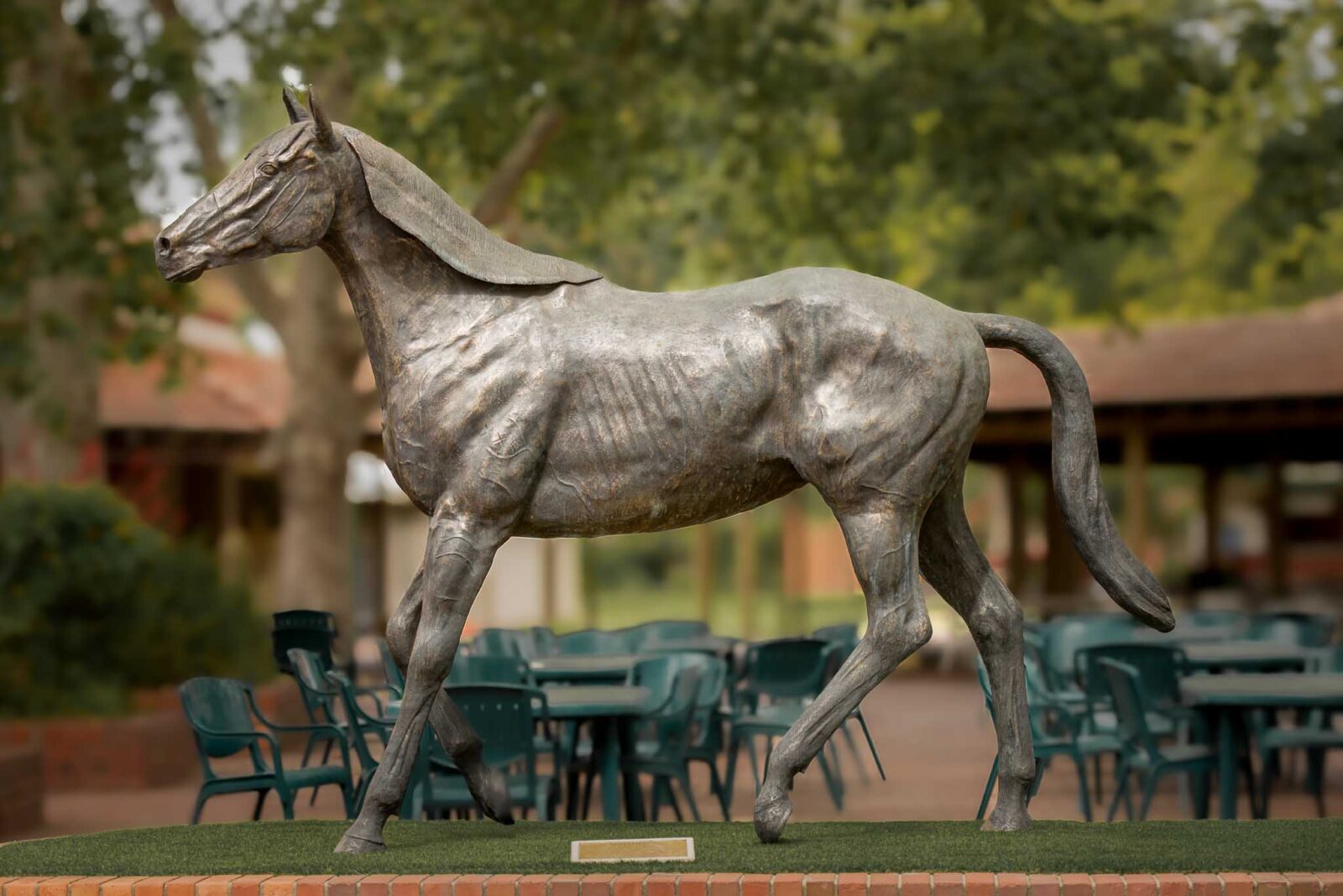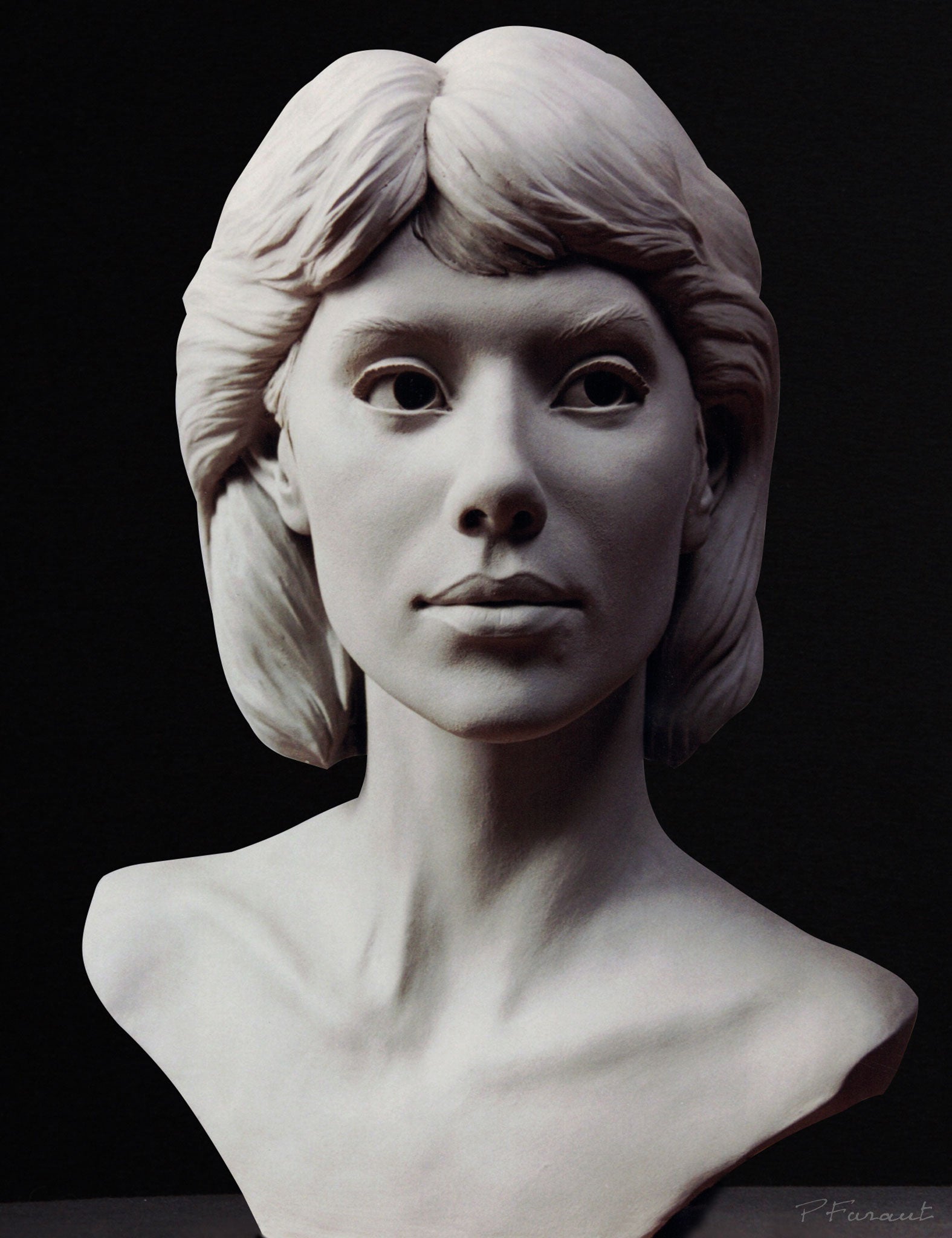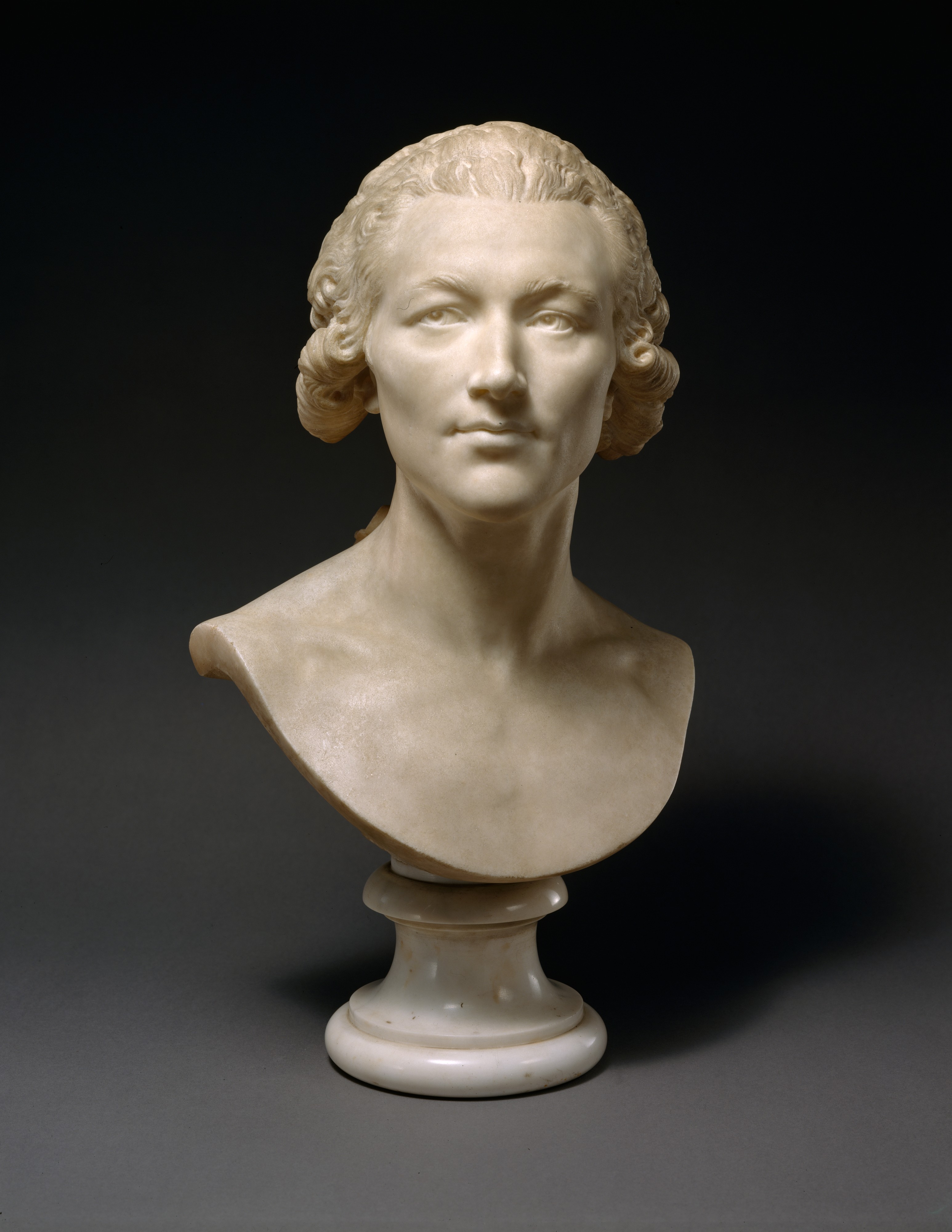The Evolution of Sculptures: From Ancient to Modern
The Advancement of Sculptures: From Ancient to Modern.
Sculpture, one of the oldest types of art, has actually been an integral part of human people for millennia (Contemporary Sculptures). From the old human beings of Egypt and Greece to the modern age, sculptures have actually evolved, reflecting adjustments in imaginative techniques, materials, and cultural influences. This journey through time traces the advancement of sculptures, discovering the changes stylishly, subject, and creative expression
Starting with the ancient world, sculptures crafted from rock and later on bronze caught the significance of deities, leaders, and day-to-day life. The Renaissance duration experienced a revival of classical sculpting methods, as artists looked for to mimic the stylish kinds of ancient Greek and Roman sculptures. In the contemporary era, artists tested standard limits, accepting abstraction and experimentation with new products.

This expedition will dive into the varied advancement of sculptures, exposing the rich tapestry of creative expression across various periods and societies.
Ancient Sculptures: From Rock to Bronze
Old sculptures transitioned from being sculpted out of rock to being cast in bronze. Rock sculptures, while remarkable in their own right, were limited by the nature of the product.
The introduction of bronze as a tool for sculptures caused a change in artistic expression. Bronze offered artists the chance to produce intricate and natural types that were not possible with rock. The procedure of casting bronze permitted the production of numerous duplicates of a sculpture, allowing broader distribution and preservation of these artistic masterpieces.
The change from rock to bronze additionally saw a change in the topic of sculptures. While rock sculptures primarily shown gods, goddesses, and mythological figures, bronze sculptures began to show a more comprehensive variety of topics, consisting of day-to-day individuals and animals. This development of subject showcased the adaptability and flexibility of the bronze medium.
Renaissance Resurgence: Forming in the Classical Design
The Renaissance revival of sculpture experienced a rebirth in the classical design, structure upon the improvements made during the transition from stone to bronze in ancient sculptures. Throughout this period, artists looked for to recreate the classic aesthetic and suitables of beauty that were common in old Greek and Roman sculptures.
Among the vital attributes of the Renaissance resurgence was the focus on naturalism and the human type. Artists like Donatello and Michelangelo make every effort to record the physiological information and expressions of their subjects with extraordinary precision. They examined the human body and incorporated their monitorings right into their sculptures, leading to lifelike and realistic representations.
Another important facet of the Renaissance revival was the exploration of point of view and deepness. Artists used methods such as contrapposto, where the weight of the body is changed to one side, creating a sense of activity and dynamism. They likewise try out different products, consisting of marble and bronze, to achieve a level of refinement and ins and out in their sculptures.
The classic style of the Renaissance revival had a profound impact on later durations of art, serving as a structure for the growth of Western sculpture. It brought a restored gratitude for the beauty and magnificence of the human form, and its tradition can still be seen in contemporary sculptures today.
Innovation and the Avant-Garde: Damaging Conventional Borders

Among the crucial features of modernist sculpture was the emphasis on abstraction. Carvers relocated away from sensible depictions and instead concentrated on catching the essence of the topic via streamlined kinds and geometric forms. This separation from traditional representation permitted musicians to share their feelings and concepts in an extra subjective and individual way.
In addition, the progressive motion tested social standards and special info conventions, urging musicians to experiment and push the boundaries of their art - Contemporary Sculptures. Artists began including unique materials such as discovered objects, commercial products, and also natural environments right into their job. This exploration of brand-new materials and techniques not just broadened the possibilities for sculpture yet likewise tested the typical concepts of what could be considered art
Contemporary Sculptures: Checking Out New Products and Concepts
With a concentrate on checking out new materials and concepts, modern sculptures have reinvented the field of art. Artists today are pressing the limits of traditional sculpture by exploring and utilizing cutting-edge materials with abstract principles. These sculptures challenge conventional concepts of materiality, definition, and form, welcoming audiences to involve in a new and provocative artistic experience.
Contemporary carvers are accepting a wide variety of materials, consisting of plastic, glass, metal, and also raw material. Contemporary Sculptures. They are not restricted to the conventional tool of stone or clay, enabling greater civil liberty and trial and error. This change towards non-traditional products has actually opened new possibilities for artists to create sculptures that are dynamic, interactive, and aesthetically striking
Along with exploring new materials, contemporary sculptures also explore complex and abstract concepts. Musicians are now discovering motifs such as identification, social issues, and the environment, utilizing sculpture as a powerful tool for social discourse and self-contemplation. These sculptures test visitors to think critically and engage with art on a deeper degree, sparking conversations and prompting psychological feedbacks.
International Impacts: Sculptural Practices From All Over The World

In ancient Egypt, sculptures were created mainly for funerary and religious functions. The famous sculptures of pharaohs and gods, such as the Great Sphinx and the breast of Queen Nefertiti, showcase the Egyptians' mastery of stone carving and their belief in the afterlife.
In old Greece, sculpture reached its top throughout the timeless duration. Influenced by the suitables of harmony, beauty, and percentage, Greek sculptures stressed the human form and commemorated the success of heroes, athletes, and gods. The renowned sculptures of Aphrodite of Knidos and the Discobolus exemplify the Greeks' pursuit of excellence in sculptural art.
In old Rome, sculpture served both artistic and political objectives. Portrait Sculptor. Roman sculptures frequently portrayed emperors, generals, and mythological numbers, showing the power and splendour of the empire. The marble statuary of Augustus of Prima Porta and the significant Arch of Constantine are noteworthy examples of Roman sculptural achievements
Asian sculptural customs, especially in India, China, and Japan, have additionally had an extensive effect on the development of sculptures. Japanese sculptures, affected by Buddhism, stress simplicity and peace, seen in the serene statues of Buddha and the sophisticated art of bonsai.
The global impacts on sculpture proceed to progress in the modern-day period. As we look to the future, it is particular that the international influences on sculpture will continue to shape and redefine this ancient art form.
Conclusion
Finally, the evolution of sculptures has actually seen a shift from ancient stone and bronze works to the classical rebirth during the Renaissance. This was followed by the breaking of traditional boundaries through innovation and the avant-garde movement. Today, contemporary sculptures discover brand-new products and ideas, while likewise attracting ideas from worldwide sculptural customs. The journey of sculptures reflects the ever-changing imaginative expressions and social impacts throughout background.
From the ancient people of Egypt and Greece to the modern-day era, sculptures have progressed, mirroring adjustments in artistic strategies, products, and cultural influences.Beginning with the ancient world, sculptures crafted from stone and later bronze recorded the significance of deities, rulers, and everyday life.Old sculptures transitioned from being carved out of stone to being cast in bronze. While rock sculptures mostly depicted gods, goddesses, and mythical numbers, bronze sculptures started to reflect a broader range of subjects, including everyday people and animals.In final thought, the development of sculptures has actually seen a change from old rock and bronze functions to the timeless rebirth throughout the Renaissance.